Hydrofarm's Emily's Garden - frustrated!!
WinterB
12 years ago
Related Stories
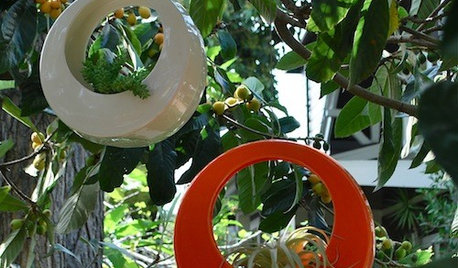
GARDENING AND LANDSCAPING40 Great Gifts for Gardeners
What to Get for Green-Thumb Types. It's a No-Gnome Zone.
Full Story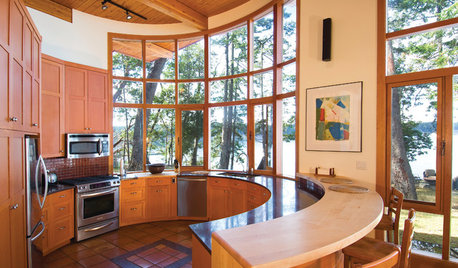
GREEN BUILDINGHouzz Tour: Off-the-Grid Island Home Circles a Sunny Courtyard
A circular home is a cozy spot for gardening, woodworking and plenty of reading
Full Story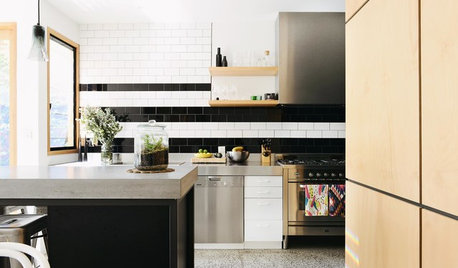
COLOR10 Pair-Ups for Black in the Kitchen
Combine black with other colors to add drama, polish and modernity. It also can make a kitchen look more spacious
Full Story
DECORATING GUIDESNo Neutral Ground? Why the Color Camps Are So Opinionated
Can't we all just get along when it comes to color versus neutrals?
Full Story
SELLING YOUR HOUSE10 Low-Cost Tweaks to Help Your Home Sell
Put these inexpensive but invaluable fixes on your to-do list before you put your home on the market
Full Story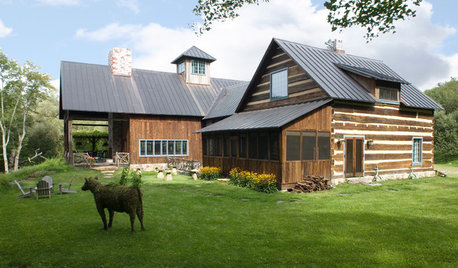
LIFEThe Polite House: Do I Have to Display Decor Given to Me as a Gift?
Etiquette columnist Lizzie Post tackles the challenge of accepting and displaying home decor gifts from frequent visitors
Full Story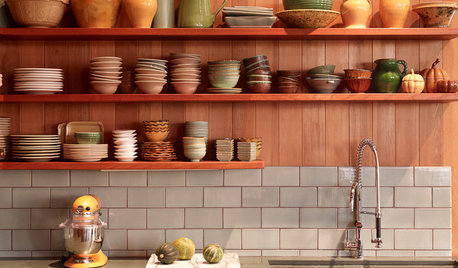
LIFETell Us: What Made You Fall for Your Kitchen?
Show the heart of your home some love for Valentine’s Day
Full Story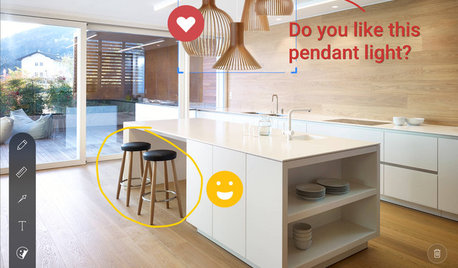
INSIDE HOUZZInside Houzz: Explore Sketch, a New Way to Bring Design Ideas to Life
Update your Houzz app to get Sketch for iOS and Android
Full Story
FUN HOUZZ10 Leading-Role Movie Houses
Architecture and interior design steal the show in these 10 house-focused flicks
Full Story
BATHROOM DESIGN8 Stunning and Soothing Shower Designs
Step into these brave bathroom designs, from Roman inspired to supermodern, and let the ideas wash over you
Full StoryMore Discussions







ethnobotany
joe.jr317
Related Professionals
Maple Valley Landscape Architects & Landscape Designers · Woodinville Landscape Architects & Landscape Designers · Sahuarita Landscape Architects & Landscape Designers · Allentown Landscape Contractors · East Patchogue Landscape Contractors · Fair Lawn Landscape Contractors · Harrisburg Landscape Contractors · Lexington Landscape Contractors · Mendota Heights Landscape Contractors · New Baltimore Landscape Contractors · North Richland Hills Landscape Contractors · Royal Oak Landscape Contractors · Tinton Falls Landscape Contractors · West Haverstraw Landscape Contractors · Hawaiian Gardens Landscape Contractorsethnobotany
joe.jr317
ethnobotany
Sarkastic
taxtax
sarsnavy05
anne98
willardb3
georgeiii
wparish
lrfeinberg
lrfeinberg